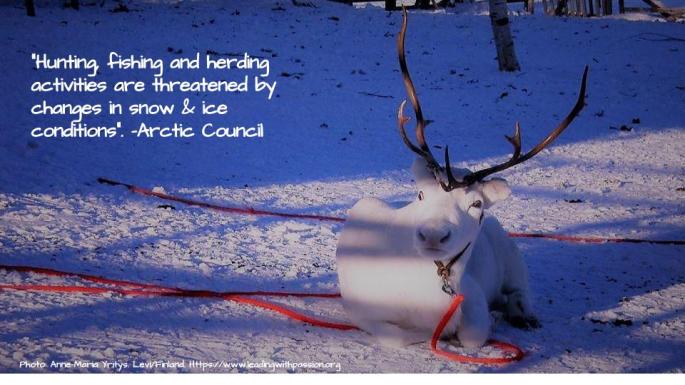
If you read my previous post, Thawing Permafrost A Huge Risk, you are already at least one step closer to understanding what the risks of thawing permafrost in the Arctic region are. In short, thawing permafrost gives even the most knowledgeable climate scientists and environmental experts a reason to scratch their heads.
Who knows for sure what the consequences of thawing permafrost will be? It is not the first time in the history of mankind that we are faced with completely new problems, requiring for us to find completely new solutions to solve these. Natural warming of Earth´s climate is one thing, but what we have accomplished as human beings within only one century is something that we can only blame ourselves for. It is a proven fact that since the Industrial Revolution, climate change and the warming of our planet has been man-made. Thus, in order to stop this development of anthropogenic climate change, us human beings are responsible for taking necessary actions to stop emitting toxic pollutants, including greenhouse gases which are largely responsible for the climatic changes our Earth is today experiencing.
Do we have to wait until permafrost thaws further, and possibly experience its devastating consequences before we learn? Do we need more catastrophic climate change events and natural disasters before taking action? Do we want our atmosphere and the air we breathe, our lands, our oceans and other water sources to be further polluted with toxins, and the release of methane and other harmful greenhouse gases that destroy our planet?
If we want Earth to be habitable for future generations, the response must quite simply be NO to all of these questions.
We do not need climate catastrophes, environmental disasters, toxins, pollutants killing millions of people, animals and plants each year. We do not need to wait until it is too late to take action(s) to prevent the destruction of our home planet. We do not have to let all of this happen.
Learn more about the risks from permafrost thawing by watching YaleClimateConnections´s video “Permafrost: The Tipping Time Bomb”:
Connect with me on Twitter @annemariayritys. For climate/environment-related posts only @GCCThinkActTank. Subscribe to Leading With Passion to receive my latest posts.
Take a step further to create YOUR online business. Learn more about the many benefits of how to create a beautiful website with WordPress.com and how to monetize your blog/website:












You must be logged in to post a comment.